Latest circuit.
Hello Peter , Aaron, I tried to read as many of the posts that I can out of the 2,700 posts
I am going to build the circuit and do some research with Btu's gained using water, I have post #1924 as being the latest and greatest circuit for replication ease, is that correct Aaron?
Ken
Hello Peter , Aaron, I tried to read as many of the posts that I can out of the 2,700 posts
I am going to build the circuit and do some research with Btu's gained using water, I have post #1924 as being the latest and greatest circuit for replication ease, is that correct Aaron?
Ken

 )
)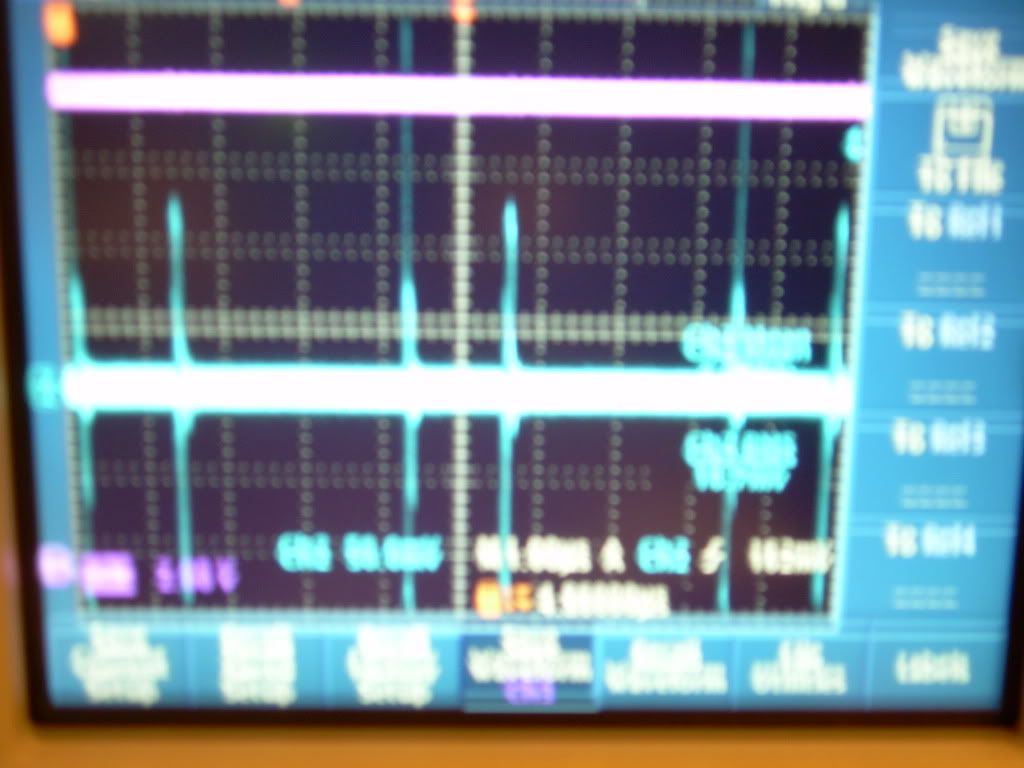
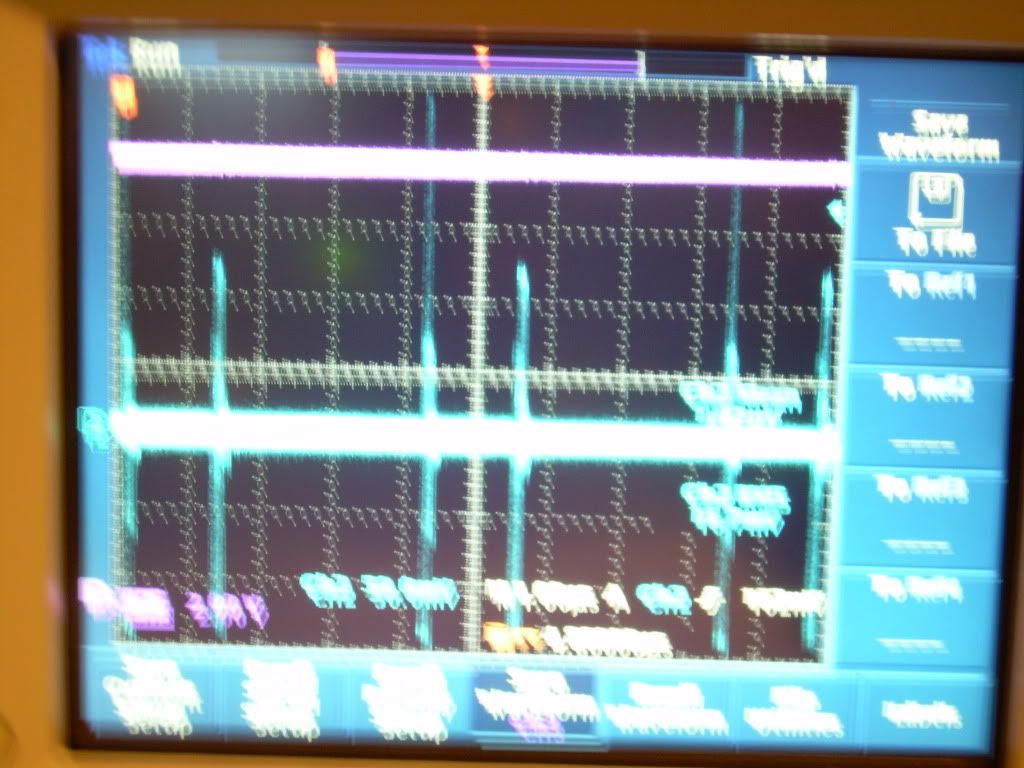





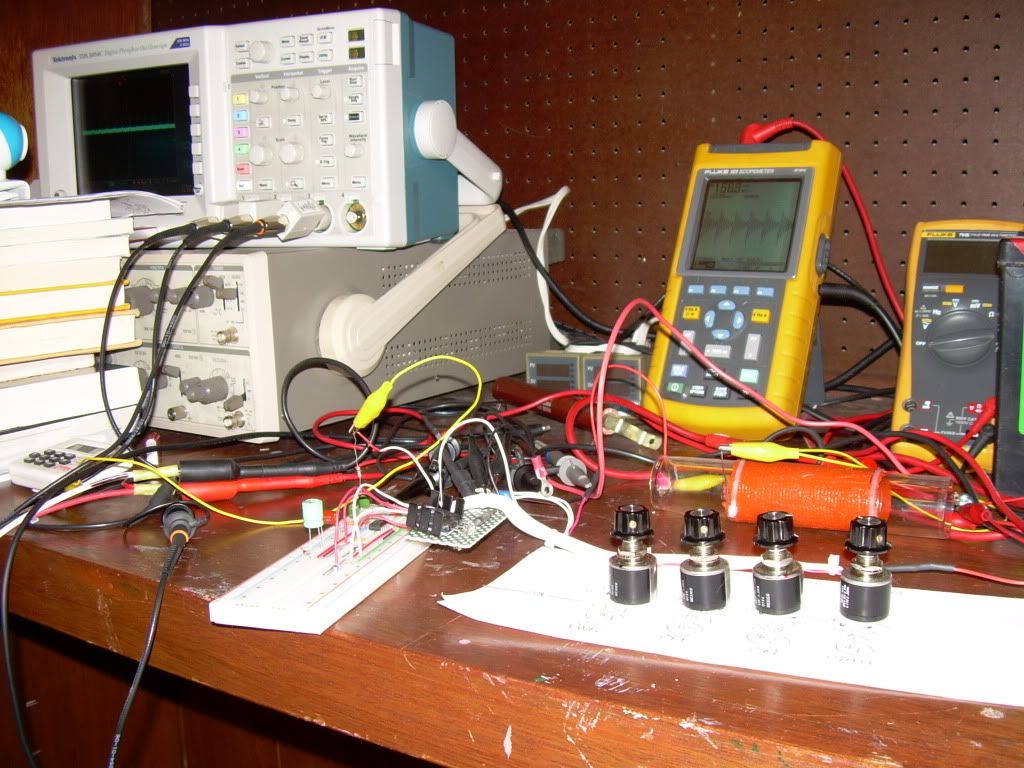
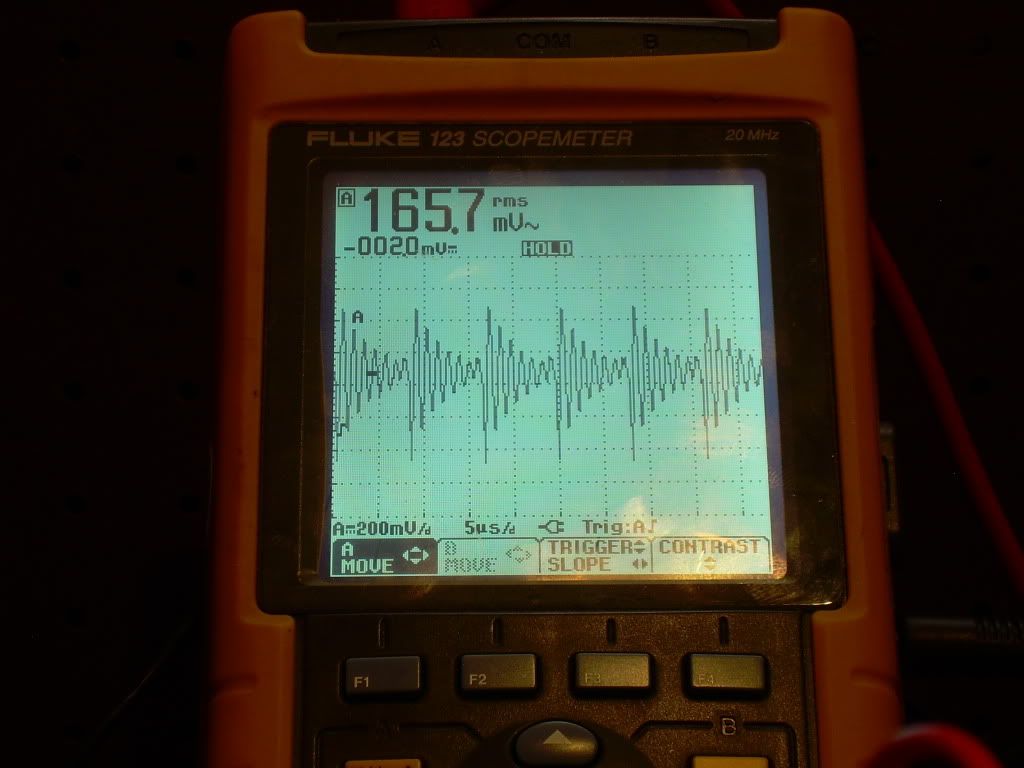
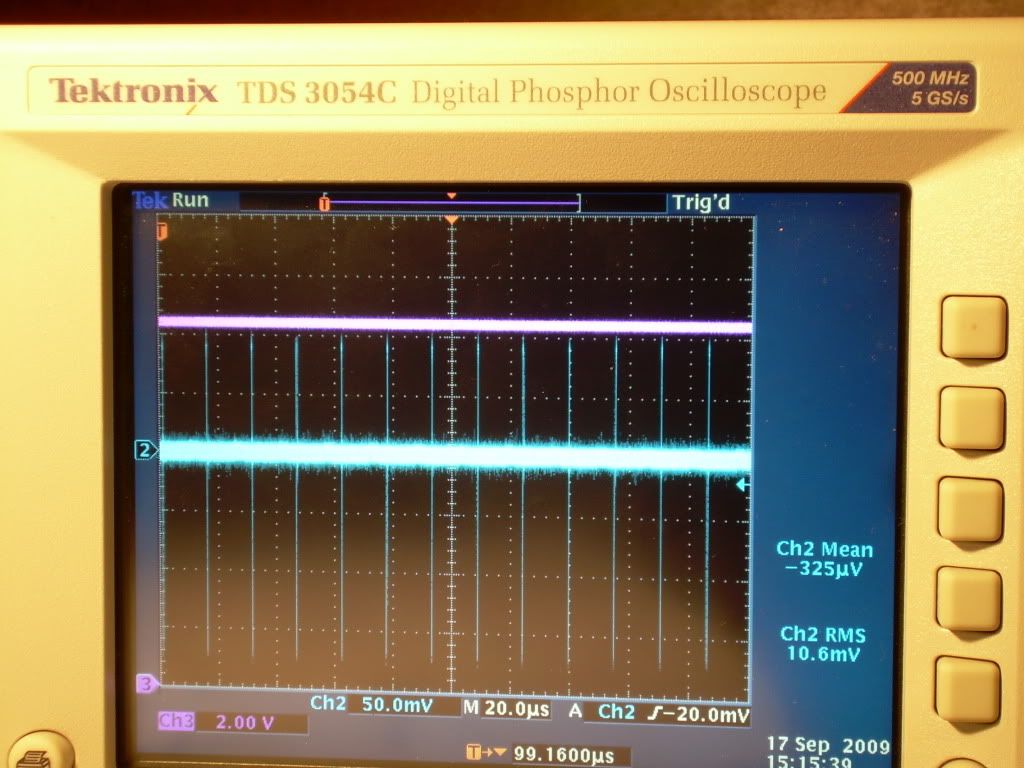
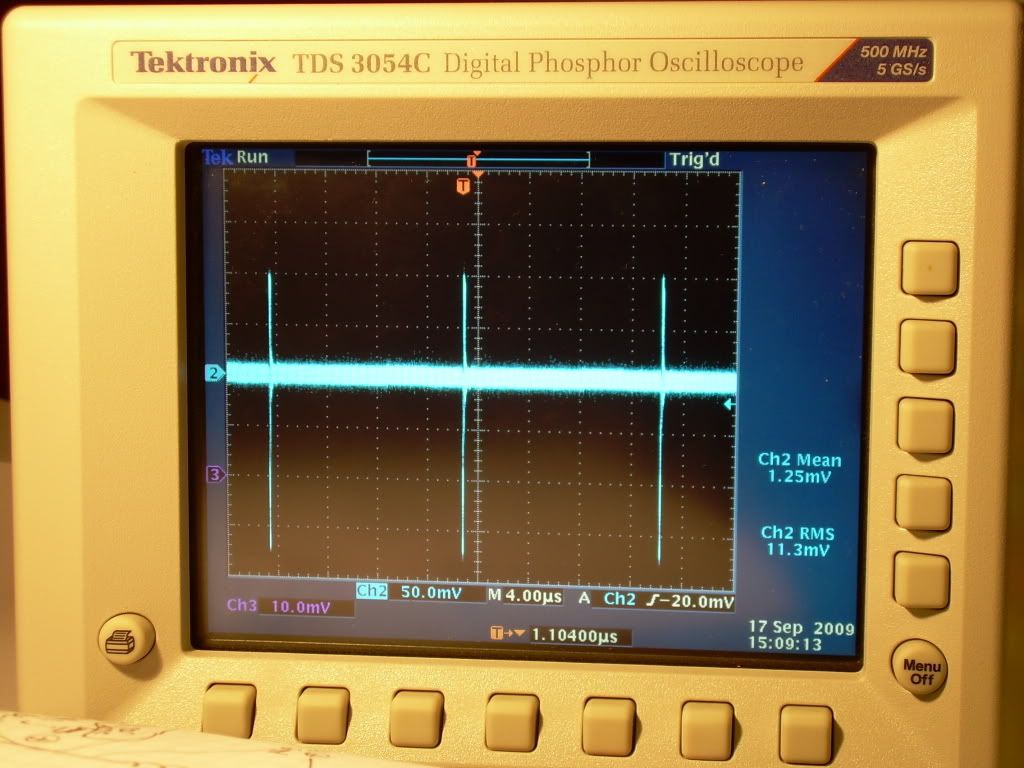
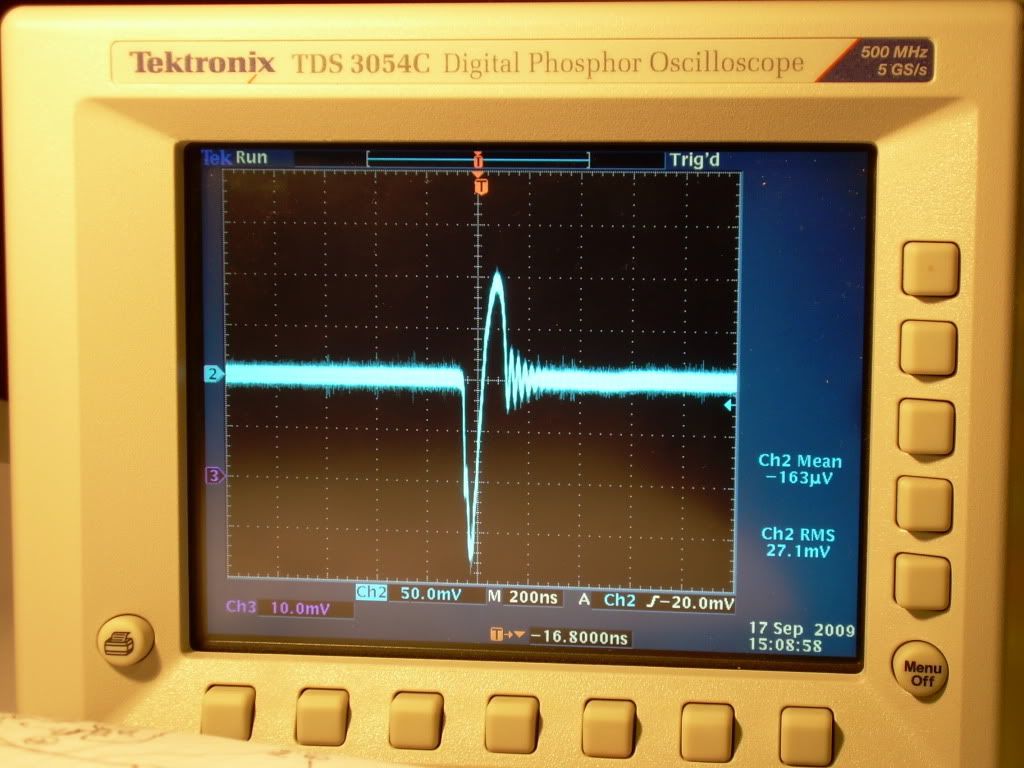
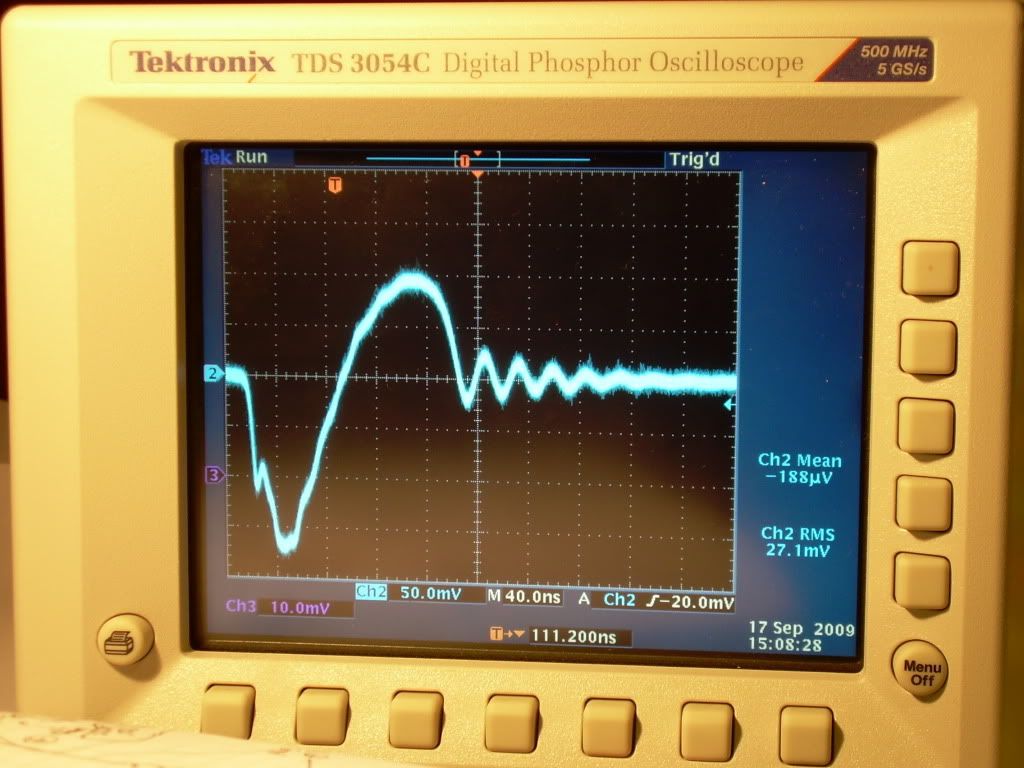


 )
)
Comment